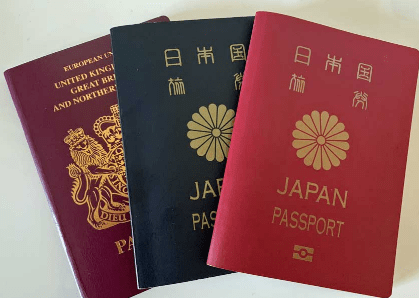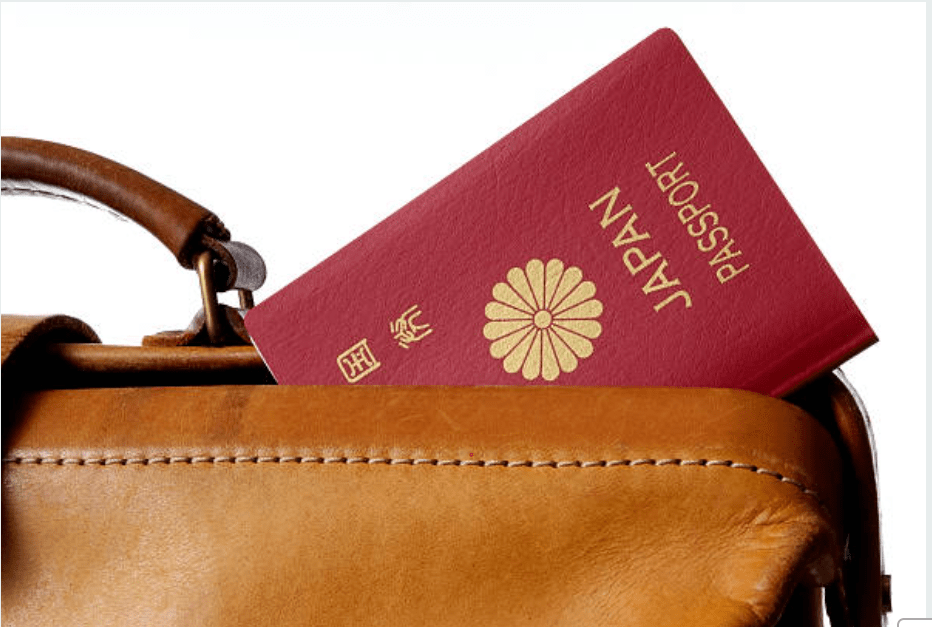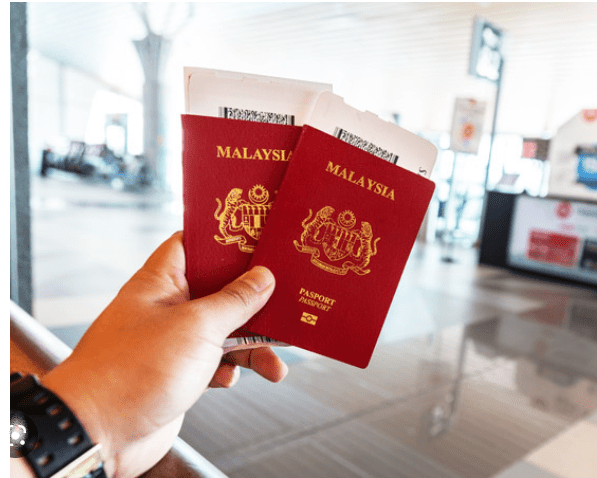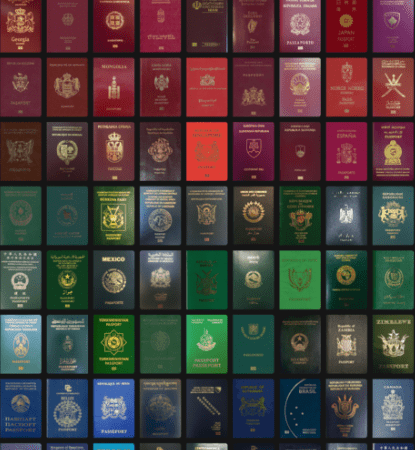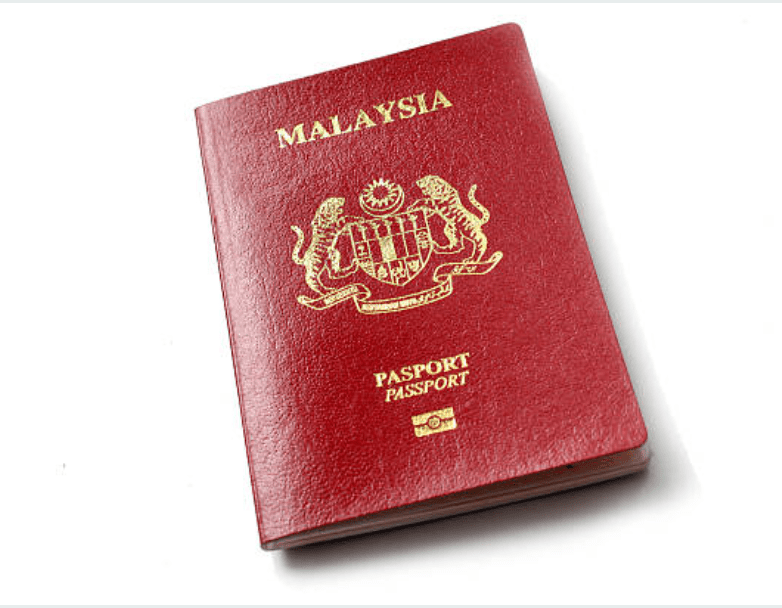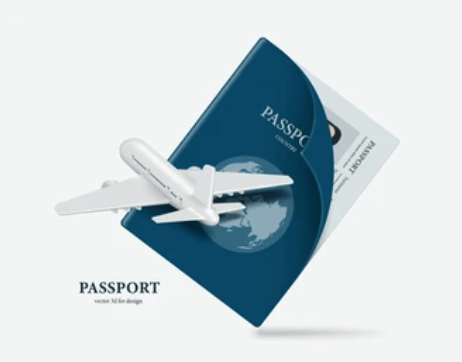Japan Transit Visa-In general, if you are transiting through Japan on your way to another country, you may not need a transit visa if you meet certain conditions.
A Japan Transit Visa is necessary for nationals of nations with visa requirements who must pass through Japan en route to a third country of destination.
A Japan Transit Visa is only valid for a short period of time and can only be used for leisure, tourism, or sightseeing. Typically, you must apply for the appropriate visa for visiting in order to visit a family member.
Persons who are permitted to transit through Japan without a visa, the application process, and other pertinent questions are all covered in length on this page.
When Do You Need a Japan Transit Visa
A transit visa is required for Japan if:
- You wish to enter Japan while traveling to a third country but are not from one of the nations on the list below (ie. you will leave the airport)
- If you have a connecting flight at another airport, which forces you to leave the airport’s grounds, or if there is no connecting flight on the same day, you will typically be given a transit visa.
The following nations’ citizens are exempt from needing a transit visa for Japan:
- Andorra
- Honduras
- Hong Kong
- Hungary
- Iceland
- Ireland
- Israel
- Italy
- Latvia
- Liechtenstein
- Lithuania
- Norway
- Poland
- Portugal
- Republic of Korea
- Romania
- San Marino
- Singapore
- Slovakia
- Chile
- Costa Rica
- Croatia
- Cyprus
- Luxembourg
- Macao
- Malta
- Mauritius
- Mexico
- Monaco
- Netherlands
- New Zealand
- North Macedonia
- Argentina
- Australia
- Austria
- Bahamas
- Belgium
- Brunei (visa exemption for up to 15 days)
- Bulgaria
- Canada
- Estonia
- Finland
- France
- Germany
- Greece
- Guatemala
- Czech Republic
- Denmark
- Dominican Republic
- El Salvador
- Spain
- Surinam
- Sweden
- Switzerland
- Taiwan
- Tunisia
- United Kingdom
- United States
- Uruguay
Only those passport holders from the following nations who possess a Machine-Readable Passport (MRP) or an ePassport that complies with ICAO standards are free from Japan transit visa requirements:
- Barbados
- Serbia
- Thailand (for up to 15 days)
- Turkey
- United Arab Emirates (for up to 30 days)
- Indonesia (for up to 15 days)
- Lesotho
- Malaysia
Can You Transit in Japan Without a Visa?
If you would typically require a visa to enter Japan, you may only transit there without one if:
You have a ticket for a later date that has been confirmed.
You remain in the airport’s international transit area.
You possess the papers required by the country to which you are traveling next.
You can transit without a visa at Kansai International Airport in Osaka or Haneda Airport in Tokyo if you meet the following criteria:
Within the following 72 hours, you have a confirmed onward ticket.
You remain in the airport’s international transit area.
You possess the papers required by the country to which you are traveling next.
If there are no other connecting flights available and you have a ticket for travel within 72 hours on the same day, you may be able to obtain a Shore Pass on arrival.
However, there are some exceptions to these rules, and the requirements may vary depending on your nationality and the airline you are traveling with. It is always best to check with your airline and the Japanese embassy or consulate in your home country to confirm the visa requirements for your specific situation.
Documents Required for a Japan Transit Visa Application
The following supporting documents are required when applying for a Japan transit visa:
- Form for a visa application to Japan filled and signed. The application form is available for download on the website of the Japan Ministry of Foreign Affairs. Even if a field doesn’t apply to you, fill it out nevertheless (enter “N/A”).
- Your passport must contain at least two blank pages on which the visa can be stamped and must be valid for at least another six months.
- Cover letter outlining your travel objectives.
- Passport-size pictures of yourself, with the following specifications:
- Dimensions: 4.5cm x 4.5cm
- White background
- Taken in the last six months
- You must be staring straight ahead, with a neutral facial expression
- Your entire face has to be visible
- Your name and birthdate have to be written on the back
- Flight Itinerary, including your precise arrival and departure dates, your flight reservation number, the airline’s Certificate of Reservation, etc.
- Daily Schedule. You must include a schedule of your daily activities while visiting Japan. On the website of the Japan Ministry of Foreign Affairs, you can get a sample itinerary for the Japan Visa.
- Valid visa for the third destination country.
- Bank statements attesting to your ability to finance yourself
- Most recent tax returns
How to Apply for a Japan Transit Visa
If you do need a transit visa, you can apply for it at the Japanese embassy or consulate in your home country.
The application process typically involves submitting a completed application form, your passport, and any supporting documents required by the embassy or consulate. It is recommended to apply for a transit visa well in advance of your trip to avoid any potential delays or issues.
You have to apply for a Japan Transit Visa from one of the Diplomatic Representation offices of Japan abroad (an Embassy or Consulate). You can apply by taking the following steps:
- Reach out to the Embassy or Consulate office to schedule an appointment.
- The diplomatic mRFission offices of some countries do not usually accept individual applications, however, and you may have to apply through an accredited travel agency.
- Gather the paperwork needed for a Japan Transit Visa.
- Documents should be submitted to the travel agency or the embassy/consulate.
- Await the processing of the visa. Starting the day the Japanese Representative Office receives your entire application, this will typically take 5 business days.
- Pick up your passport at the embassy, consulate, or travel company. Your visa will be attached if your application has been granted, and you can use it to visit Japan within three months of receiving it.
Cost of Japan Transit Visa Fee
Japan does not have a specific “transit visa” category, but instead has a “Transit Without Visa” (TWOV) program that allows certain nationalities to enter and stay in Japan for up to 72 hours while in transit to another country, without a visa.
However, if you do not meet the requirements for TWOV, you may need to obtain a regular visa to transit through Japan. In this case, the fee for a transit visa will depend on your nationality and the type of visa you require.
It’s recommended to check the website of the Embassy or Consulate of Japan in your country for specific information on visa requirements and fees.
SEE Top 5 Travel Agents For Your Trips To The U.S.A
Generally, the fee for a Japan Transit Visa is 700 Yen. You have to pay the fee at the Embassy or Consulate only if your visa application is approved.
NOTE: If you are planning to leave the airport during a layover in Japan, you may need to obtain a transit visa. The cost and requirements for a transit visa can vary depending on your nationality, the length of your stay, and the purpose of your visit.I would recommend checking the official website of the Embassy of Japan or contacting your nearest Japanese embassy or consulate for the most up-to-date information on visa requirements and fees.
Japan Transit Visa Validity
The Japan Transit Visa is valid for a maximum of 15 days, and it cannot be extended.
READ MORE: Work Visas: Everything You Need To Know
Japan Shore Pass
The “shore pass” or “landing permit” for Japan, is a document that allows foreign nationals to temporarily leave the port of entry (usually an airport or seaport) and visit nearby areas without a Japanese visa.
The shore pass is typically valid for up to 72 hours and can be obtained upon arrival in Japan, subject to certain conditions.
You might be able to receive a Japan Transit Visa, also known as a Japan Shore Pass, upon arrival if you have a trip ticket valid for travel within 72 hours and there are no other connecting flights on the same day.
Your airline often handles the Shore Pass application, so you should get in touch with them to see if they can assist you in getting one before your trip. For the Japan Shore Pass, you qualify if:
- You possess all the documentation needed for the final destination country.
- Being a citizen of a country that has a visa waiver agreement with Japan
- You have sufficient funds to cover the cost of your stay.
- Not having a criminal record or being the subject of an ongoing investigation
- You will travel in the same groups to and from the same airport or seaport:
- Group A:
- Airports: Narita (NRT), Haneda (HND), Nagoya (NGO), Niigata (KIJ), Komatsu (KMQ) and Yokota (OKO).
- Seaports: Tokyo, Yokohama, Niigata, and Nagoya.
- Group B:
- Airports: Osaka (KIX), Nagoya (NGO), and Komatsu (KMQ)
- Seaports: Osaka, Kobe, and Nagoya.
- Group C:
- Airports: Fukuoka (FUK), Nagasaki (NGS), Kumamoto (KMJ), Kagoshima (KOJ), Naha (OKA) and Kadena (DNA)
- Seaports: Hakata (Fukuoka), Shimonoseki and Naha (Okinawa)
- Group D:
- Airport: Chitose (CTS)
- Seaports: Tomakomai, Otaru, Hakodate and Muroran.
If you meet these criteria, you can apply for a shore pass at the immigration desk at the port of entry.
However, please note that the issuance of a shore pass is at the discretion of the immigration officer, and they may refuse your application if they have reason to believe you will not comply with the conditions of the permit.
It’s always recommended to check the latest rules and regulations on Japan’s immigration website or consult with the embassy or consulate of Japan in your home country before planning your travel.
I hope this page answers all your questions.
